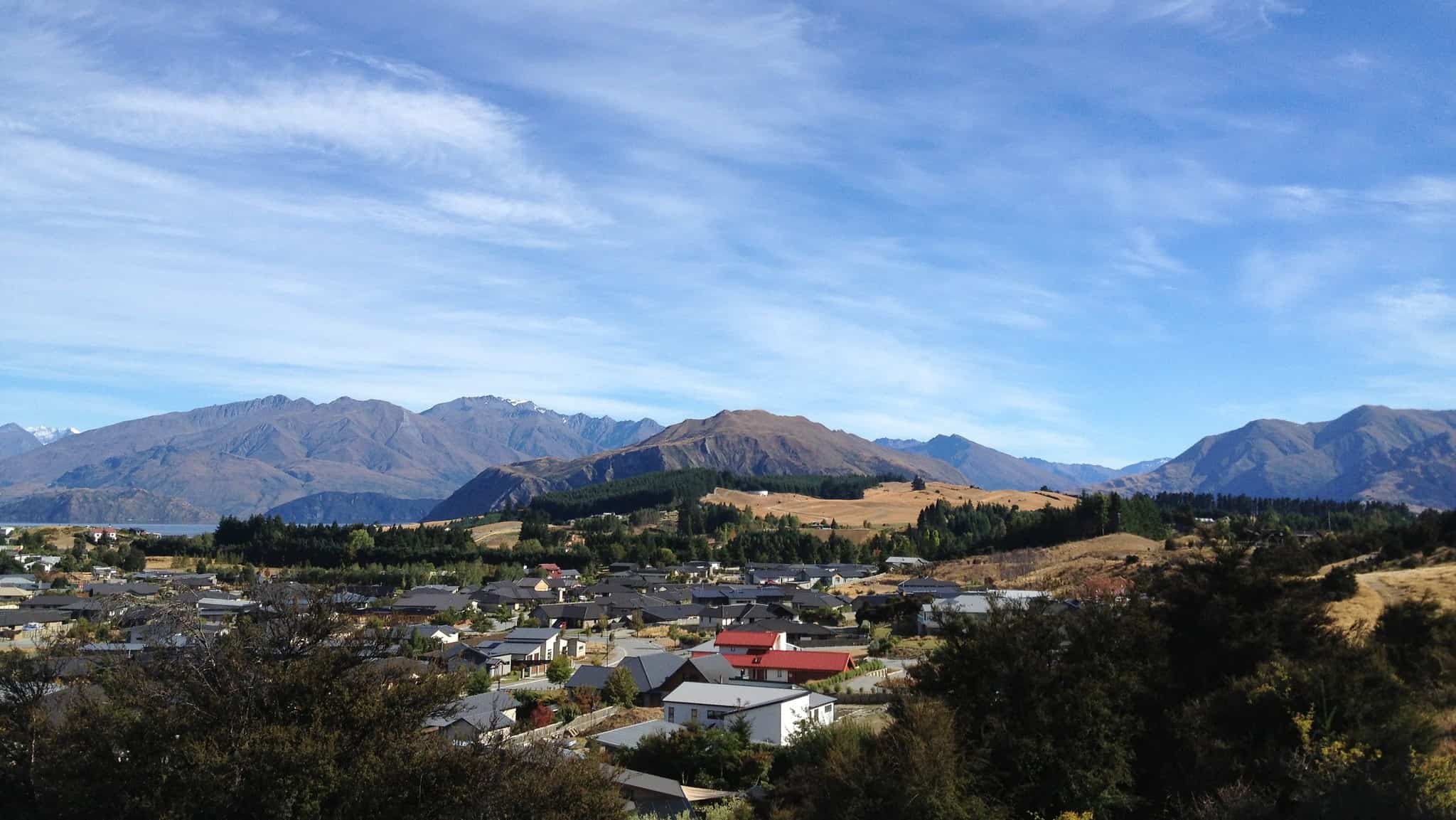By Gavin McCleave, science communications intern
Fires on the margins of urban areas in Aotearoa New Zealand have been relatively rare in the past but are becoming more common. Climate change is making the country hotter and drier, and land usage at the rural-urban interface (RUI) is rapidly changing as subdivisions are creating more than 5,000 new semi-rural sections every year. This is increasing the number of people and homes in the RUI, increasing the risk of wildfires starting, and increasing the risk of fires spreading into suburban areas.
This was demonstrated by the Port Hills wildfire in Christchurch in 2017. As described in 2018 research by Scion’s Lisa Langer and Simon Wegner, the nine destroyed homes were lifestyle properties, but the majority of the 450 homes threatened by the wildfire were within the urban fringe and city limits.
Fire mitigation for rural properties is well understood by local government and fire agencies and this knowledge has been passed to rural property owners and communities, but greater focus is now required on communities in the RUI.
The RNC Weather and Wildfire research programme is using new weather modelling technologies and methods to quantify the effects of a hypothetical wildfire breaking out in a subdivision on Mount Iron, near Wānaka.

The Mount Iron community was chosen because it is a suburban development in progress, and, being in Otago, is at high risk of wildfire as it has highly combustible fuels like mānuka, limited road access and water resources, periodic strong north-westerly winds, and increasingly dry summers. Mount Iron has already been struck by a wildfire, in January 2012.
Effective mitigation strategies to reduce the risk of physical damage to properties include actions by local government planners such as making building consents contingent on using fire-resistant building materials, and minimum site-spacing between buildings and flammable vegetation.
But the social aspects are just as important; for example ensuring affected communities know about the risk of wildfires occurring, how to reduce the likelihood and impact of wildfires, and what to do to save their lives and protect their properties in the event of a wildfire.
Research in 2019 co-authored by Lisa Langer describes wildfire experiences and actions by predominantly Māori residents during the 2011 Karikari Peninsula wildfire, and preparedness before and after the event. Researchers found that experiencing the fire encouraged most residents to become better prepared. Whānau and marae also helped to inform and support residents during and after the wildfire.
The paper provides useful recommendations for improving preparedness for wildfires and encouraging safe fire use in rural communities across New Zealand. The success of this study led to Scion social and kairangahau Māori researchers conducting a study with a hapū in the Hokianga to explore what a resilient hapū would look like and to contribute towards planning with Māori communities to reduce natural hazard risk. The Karikari study also helped shape other Scion-led social fire research on targeted protection against extreme fire. The combined research has helped inform Fire & Emergency New Zealand’s Māori engagement policy and contributed to their work with tangata whenua to build resilience of Māori communities.



